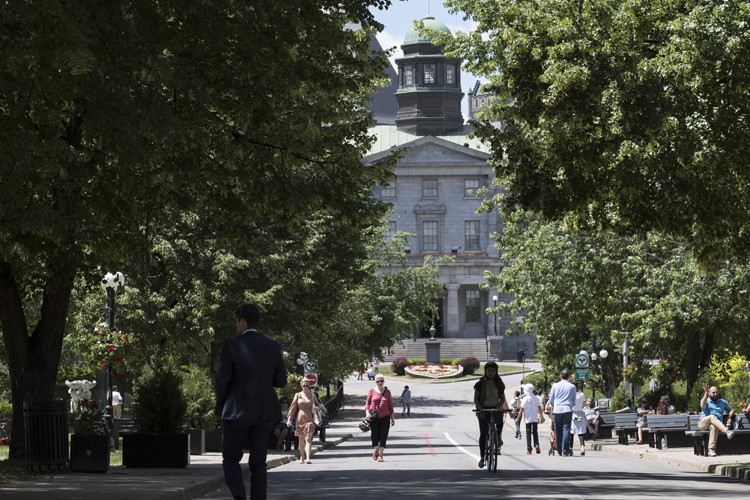University tuition fees keep rising relentlessly across most of the country, Statistics Canada announced today. On average, undergraduates pay 40 per cent more in tuition than they did 10 years ago.

The average undergraduate paid $6,373 for the 2016-17 year, close to a three per cent increase from 2015-16.
The only exception was Newfoundland and Labrador, where the province’s only university is maintaining a tuition freeze despite provincial cutbacks.
Newfoundland has the lowest tuition fees in the country at $2,759, closely followed by Quebec at $2,851. Ontario is the highest at $8,114.
(For out-of-province students, Quebec universities charge much higher fees, while Memorial charges the same fees to all Canadian students.)
READ MORE: Here’s where you’ll pay the lowest (and highest) tuition in Canada
READ MORE: Growing number of university students relying on food banks

Get weekly money news
Among professional programs, dental students paid the most at $21,012, followed by medicine at $13,858 and law at $11,385. At the graduate level, MBA students paid the most, at $27,574.
Compulsory fees, like those charged for athletic or student services, continued to rise faster than the rate of inflation. On average, Canadian undergraduates will pay $873 in additional fees.
Although the data is confusing, student debt burdens appear to be growing. Federal data shows that both the average amount of student debt and the number of borrowers are increasing. Federal data doesn’t capture provincial and private-sector student loans, however.
University student use of food banks appears to have increased in recent years.
READ MORE: More B.C. university students are using food banks to survive
In some regions, a hot real estate market has made it even harder for students to make ends meet. Recent reports found students at Vancouver’s Simon Fraser University who had become homeless after they couldn’t find a place to rent.






Comments